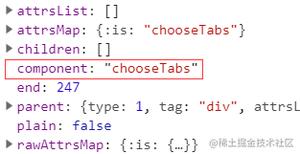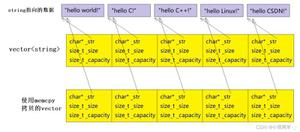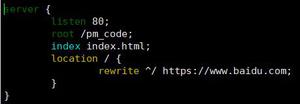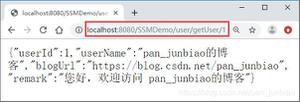vue使用rem实现 移动端屏幕适配
要想移动端适配 并使用 rem 您需要先看这篇文章,配置好less ➡️ 在vue 中使用 less,就可以使用rem了
如果项目已经开发的差不多了,没有用到rem 又要使用rem,您用这招。
postcss-pxtorem:转换px为rem的插件
安装 postcss-pxtorem
npm install postcss-pxtorem --save
新建rem.js文件
const baseSize = 32
// 设置 rem 函数
function setRem () {
// 当前页面宽度相对于 750 宽的缩放比例,可根据自己需要修改。
const scale = document.documentElement.clientWidth / 750
// 设置页面根节点字体大小
document.documentElement.style.fontSize = (baseSize * Math.min(scale, 2)) + 'px'
}
// 初始化
setRem()
// 改变窗口大小时重新设置 rem
window.onresize = function () {
setRem()
}
并引用进main.js文件内
import './rem'
修改.postcssrc.js 文件
在.postcssrc.js文件内的 plugins 添加以下配置,配后就可以在开发中直接使用 px 单位开发了
"postcss-pxtorem": {
"rootValue": 32,
"propList": ["*"]
}
helloworld.vue
<template>
<div class="hello">
test
</div>
</template>
<script>
export default {
name: 'HelloWorld',
data() {
return {
msg: 'Welcome to Your Vue.js App'
}
}
}
</script>
<style scoped>
.hello {
text-align: center;
font-size: 20px;
width: 300px;
height: 400px;
background:red;
}
</style>
效果
补充:下面看下Vue用rem布局
使用vue.js搭建一个移动端项目,怎样做到自适应呢?当然选择rem布局是比较方便快捷的。
在使用vue-cli搭建好项目框架后,在目录结构的index.html文件中添加一段代码:
<script>
fnResize()
window.onresize = function () {
fnResize()
}
function fnResize() {
var deviceWidth = document.documentElement.clientWidth || window.innerWidth
if (deviceWidth >= 750) {
deviceWidth = 750
}
if (deviceWidth <= 320) {
deviceWidth = 320
}
document.documentElement.style.fontSize = (deviceWidth / 7.5) + 'px'
}
</script>
之后,在写css时,只要将px单位替换成rem,这里设置的比例是100px=1rem,例如,宽度为100px时,可以直接写成1rem。
总结
以上所述是小编给大家介绍的vue使用rem实现 移动端屏幕适配 ,希望对大家有所帮助,如果大家有任何疑问请给我留言,小编会及时回复大家的。在此也非常感谢大家对网站的支持!
以上是 vue使用rem实现 移动端屏幕适配 的全部内容, 来源链接: utcz.com/z/324142.html









